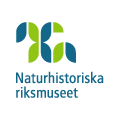ikfoundation.org
The IK Foundation
Promoting Natural & Cultural History
Since 1988




Home > iLinnaeus > iLog > SPECIAL COLLECTIONS | The Swedish Museum of Natural History
How to cite & Creative Commons

iLOG | SPECIAL COLLECTIONS | The Swedish Museum of Natural History |
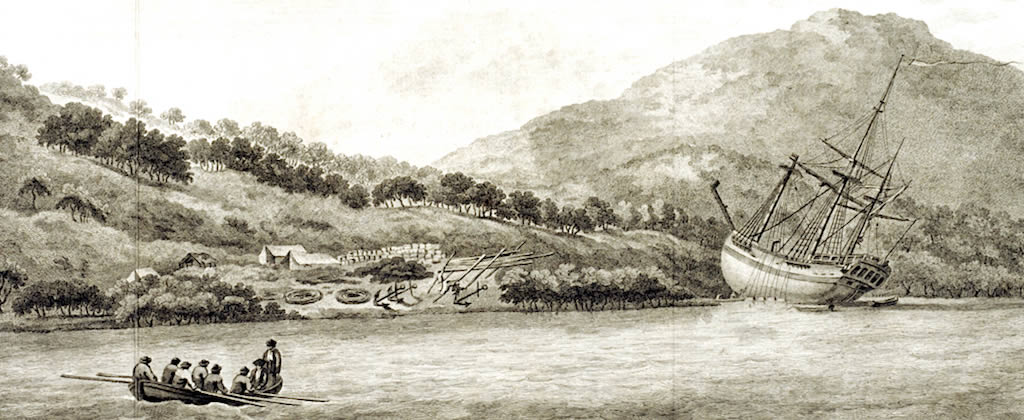
| iPROJECTS | FEED INCLUDING ALL ADDED KNOWLEDGE | SPECIAL COLLECTIONS |
| Short stories and updates from Expeditions, Fieldwork, Research, Presentation in progress, and much more... | THE SWEDISH MUSEUM OF NATURAL HISTORY |
BACKGROUND
The Swedish Museum of Natural History has one of the most important collections of natural history objects collected by the Linnaeus' students. The museum was founded in 1819 based on the collections of Gustaf von Paykull (1757-1826) and was from the beginning covering only zoology. Very soon it was merged with the collections of the Royal Swedish Academy of Sciences. The Academy housed, except their own collection (with an origin in 1739) and the Swedish Museum of Natural History, also the collections of Charles De Geer (1720-1778), King Adolf Fredrik (1710-1771), Anders Sparrman (1748-1820), parts of the collection of Gustaf von Carlson (1743-1801), and finally in 1829 the collection of Adolf Ulric Grill (1752-1797) and Anna Johanna Grill (1753-1809). The King’s collection was examined and described by Carl Linnaeus himself, and it contained at least material collected by Pehr Löfling, Fredrik Hasselquist and Pehr Kalm. The De Geer collection contained material collected by Daniel Rolander. The Academy’s collection included material collected most importantly by Sparrman, but probably also by some more, less known, students of Linnaeus. Sparrman’s private collection (purchased after his death) is quite unknown, but may contain material collected by himself and maybe also by Rolander. There was a significant flow of material between the collections and the origin of objects today is often uncertain.
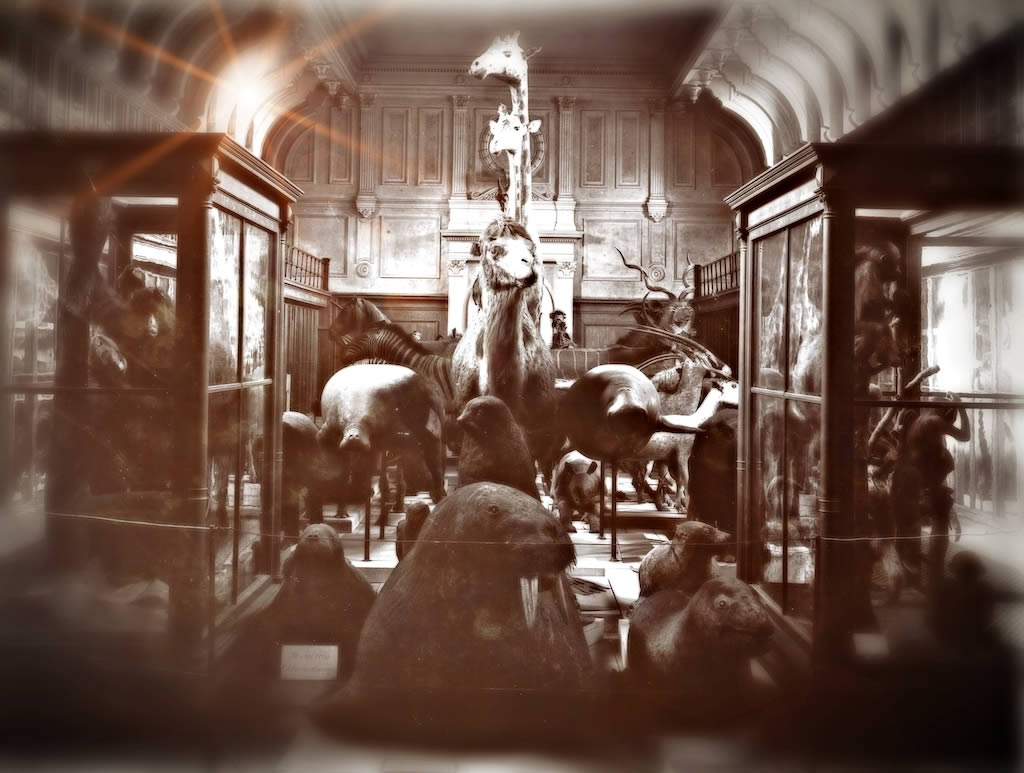
The old main exhibition hall at the Swedish Museum of Natural History about 1910 – before the move to Frescati. Photographer unknown.
The mineralogical collections also dates back to the mid 18th and early 19th century, when collectors like Nils Psilanderhielm, Wilhelm Hisinger and Bengt Reinhold Geijer donated vast geological collections to the Royal Swedish Academy of Sciences. From 1828, when the Academy was managed by the renown chemist Jacob Berzelius, a curator was designated for the mineral collection, and later also payed to curate it. This position was held by Berzelius former student Carl Gustaf Mosander from 1828 to his death in 1858. From then on the later famous polar researcher, Adolf Nordenskiöld – mineralogist by education, held this position until 1901. During this era one of the largest and historically most interesting collections, was brought to the museum – the Bergskollegium (the Board of Mines 1637 – 1857) collection. It contains several important private mineral collections, collected and originated from the late 17th to the early 19th century. In 1864 all the paleontological specimens were pulled out of the vast mineral collection to form the new department of palaeontology led by Nils Peter Angelin. From 1848 all these collections mentioned above were the property of the Swedish Museum of Natural History. From this year botany, mineralogy, and ethnography formally became part of the museum. Especially the botanical collection included even more material from Linnaeus’ students like Carl Peter Thunberg, Lars Montin, Pehr Osbeck, Peter Forsskål, Peter Jonas Bergius and Claes Alströmer.
In 1829 the collections were moved from the Academy building in the Old Town to larger premises, “Westmanska huset”.
In 1916 the museum moved from this building in downtown Stockholm to Frescati Northeast of town – except for the ethnographical collections, which were left behind. In 1935 the ethnographical collections became The Museum of Ethnography.
FEED INCLUDING ADDED KNOWLEDGE FROM
THE SWEDISH MUSEUM OF NATURAL HISTORY
THE SWEDISH MUSEUM OF NATURAL HISTORY
iLOG
iLOG is the overarching definition for two key features of the iLINNAEUS; the first being iPROJECTS which for example denotes the continual publication of travel excerpts from the Bridge Builder Expeditions amongst other iPROJECTS  . Secondly the ADD KNOWLEDGE function
. Secondly the ADD KNOWLEDGE function  allows iFELLOWS to add their own contributions to the wider fount of knowledge which was established by the Linnaeus Apostles. This function also includes SPECIAL COLLECTIONS of Natural & Cultural History material related to The Linnaeus Apostles, kept in collections of museums and organisations around the World.
allows iFELLOWS to add their own contributions to the wider fount of knowledge which was established by the Linnaeus Apostles. This function also includes SPECIAL COLLECTIONS of Natural & Cultural History material related to The Linnaeus Apostles, kept in collections of museums and organisations around the World.
HUMAN RESOURCES
Affiliated specialists at The Swedish Museum of Natural History:
- Ulf Johansson
- Erik Åhlander
- Jonas Hagström
- Johannes Lundberg
LINKS | FURTHER READING
iLOG LEGEND
iPROJECTS
ADDED KNOWLEDGE
These sections will then be publicised within 4 different formats: Text, Images, Video and Sound, each of which can be simultaneously geolocated on the iMAPS and cross referenced to the relevant pages in the publications in iBOOKS, iINDEX; and under iFACTS.
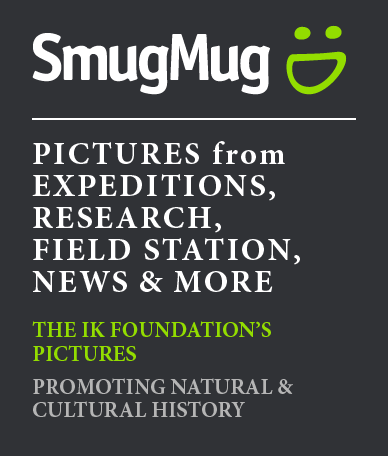
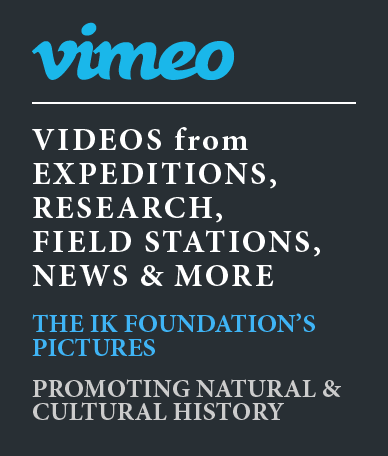
Updated/Checked 09/02/2023
THE IK FOUNDATION & COMPANY PROMOTING NATURAL & CULTURAL HISTORY
SUBSCRIBE TO OUR NEWSLETTER
TRANSLATE PAGE
A link to this page has
been copied to your clipboard
SHARE @been copied to your clipboard




© The IK Foundation & Company 2025
– a truly European organisation since 1988
– a truly European organisation since 1988
Legal issues | Forget me | and much more...
How to cite & Creative Commons
You are welcome to use the information and knowledge from
The IK Workshop Society, as long as you follow a few simple rules.
LEARN MORE & I AGREE
You are welcome to use the information and knowledge from
The IK Workshop Society, as long as you follow a few simple rules.
LEARN MORE & I AGREE


